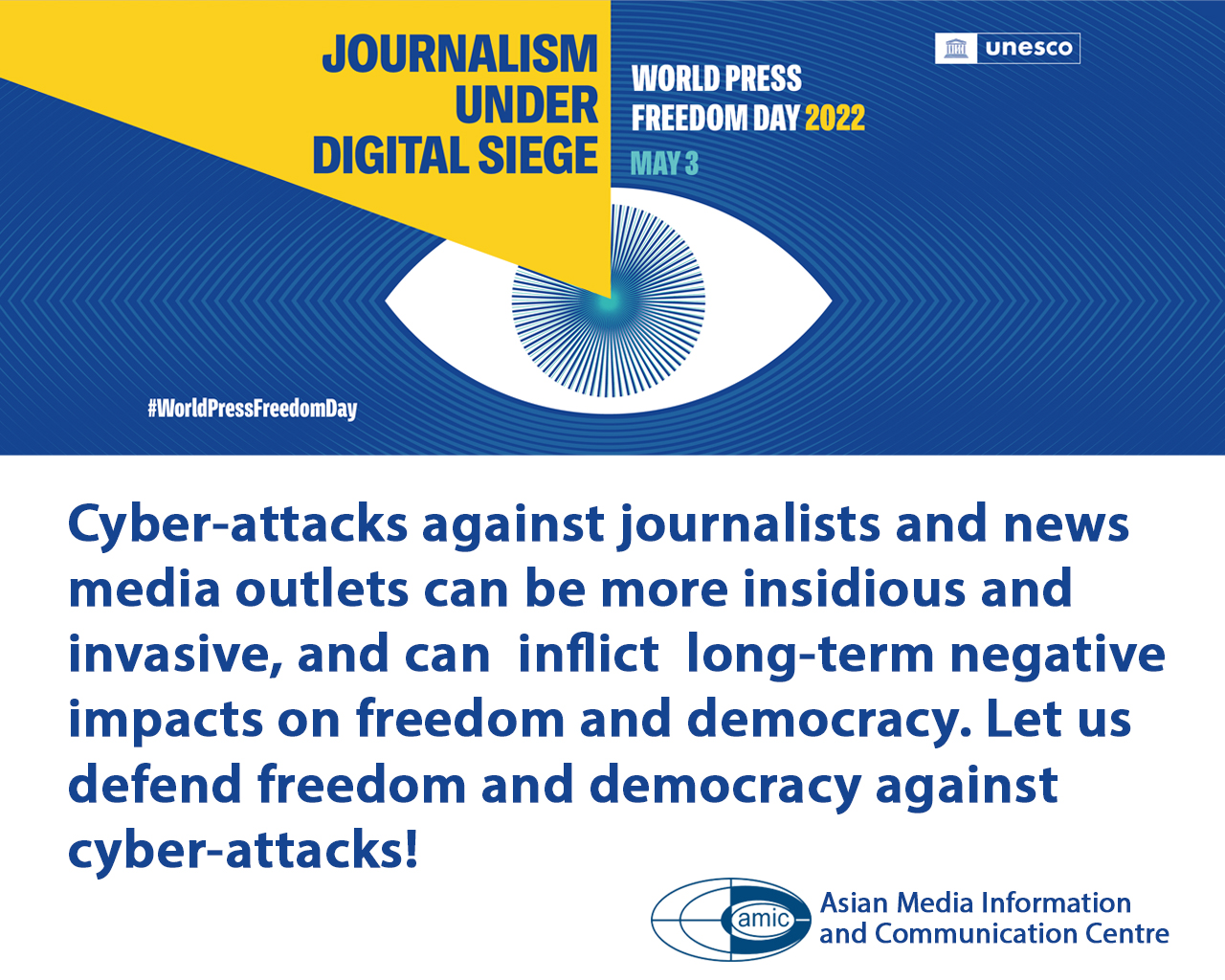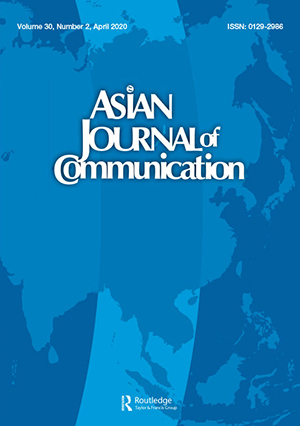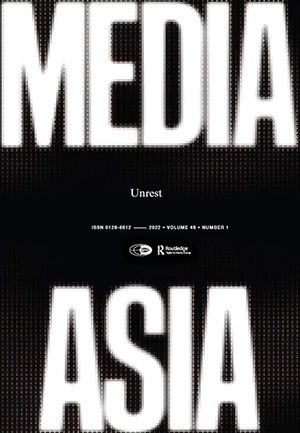2021 AMIC Conference Book of Abstracts now Online
2021 AMIC Conference Book of Abstracts now Online

The 28th AMIC Annual Conference Science Communication: Managing the Now and the Future Book of Abstracts (2021) is now online. Please visit the AMIC Website to view and download a copy of the Book of Abstracts, available at Book of Abstracts 2021.
In their foreword to the book, AMIC Board Chair Crispin Maslog and Secretary-General Ramon Tuazon wrote: “It is not by accident that the two outstanding issues of our time—Climate Crisis and Covid-19—involve science.
“Our insanity has led the world to where it is today at the crossroads of history. Do we survive as a species, or do we go down the dustbin of history?
“We need Science and Scientists to shepherd us through these twin crises. And we need Science Research and Science Communication to help the people understand and mobilize them to act ASAP.
“AMIC recognizes the urgency of enabling science journalists and communicators to contribute significantly to addressing current issues of human survival… Thus AMIC adopted ‘Science Communication: Managing the Now and the Future’ as the theme of its 28th Annual Conference” on November 20 and 27 and December 04, 2021.
The event, co-hosted by the Academy of Journalism and Communication (AJC) based in Hanoi, Vietnam, was the first virtual annual conference convened by AMIC.
The Book of Abstracts contains 124 abstracts of 167 papers presented by 224 presenters (inclusive of authors and co-authors) during the conference’s 18 parallel sessions. Fifteen countries were represented.
The book contains summaries of a variety of research by Asian scholars, covering such topics as science communication theories, online education, ICT ecosystem as the new public sphere, framing the Covid-19 narrative, disinformation, media literacy, disaster risk and preparedness, health, and agriculture, among many others.
The book will be useful for communication educators, researchers and students as reference for ongoing research or as leads to future research studies.







